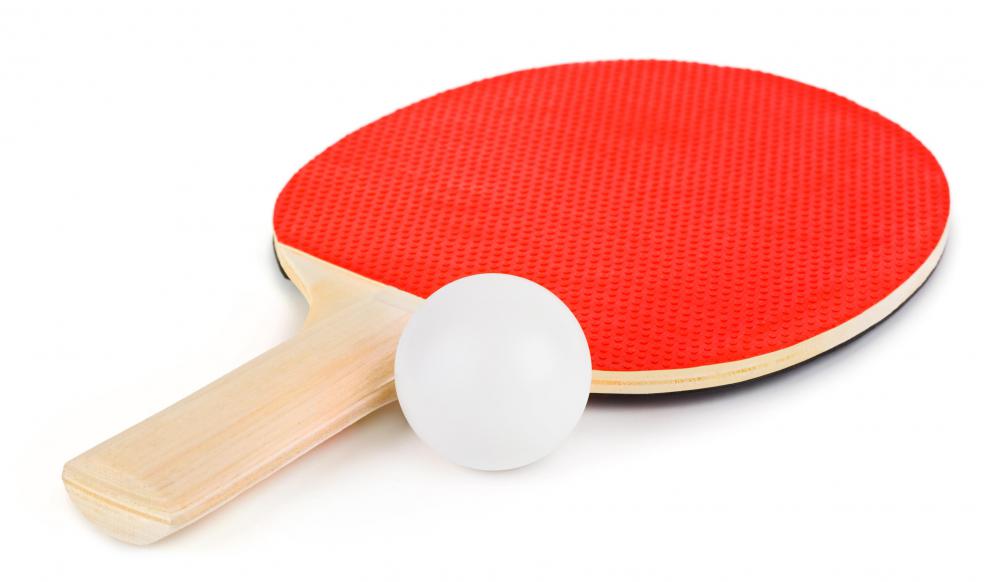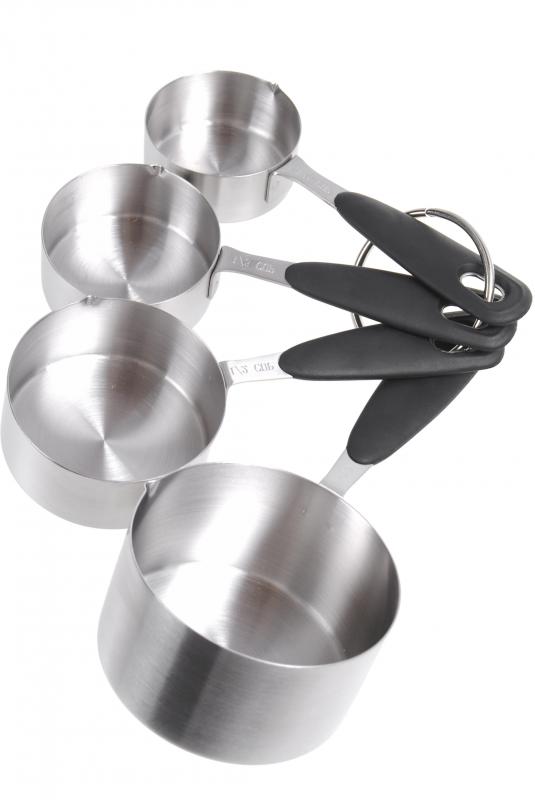At TheHealthBoard, we're committed to delivering accurate, trustworthy information. Our expert-authored content is rigorously fact-checked and sourced from credible authorities. Discover how we uphold the highest standards in providing you with reliable knowledge.
What are Some Equivalents to Portion Sizes?
Planning meals according to portion sizes can be an effective way to maintain or lose weight and to eat a nutritious diet. While processed foods often carry nutrition labels outlining portion size and a nutritional breakdown, prepared foods, such as rice and steak or meals prepared by others, carry no such labels. Knowing how to recognize common portion sizes by sight can help you maintain a healthy lifestyle whenever you eat. Oftentimes, comparing serving sizes to other familiar items, such as a baseball, a light bulb, a deck of cards or a checkbook can be helpful.
When it comes to measuring a single portion of meat, about 3 ounces (85 grams) of cooked fish, beef or poultry is approximately the size of a deck of cards or a bar of soap. The portion size of a piece of cooked fish also resembles a checkbook. A small portion of a single ounce (28 grams) of cooked meat is closer to the size of a matchbox, while a large portion of meat, closer to 8 ounces (227 grams), is about the size of a paperback book.
One can measure individual portion sizes of starches by thinking of sports. For example, one cup of cooked rice or pasta is roughly the size of a tennis ball. One small or mini bagel is about the size of a hockey puck.
Vegetable portion sizes can also correspond to sports equipment. One cup of salad is approximately the size of a baseball or a clenched fist. One half of a cup of cauliflower is around half of a baseball, or the size of a light bulb.

Sometimes, equating the size of one food with another can help determine portion size. For example, a small portion of raisins, or one quarter of a cup, is around the size of an egg. One serving of dry beans or peas typically can fit inside a cupcake wrapper. One portion size of mashed potatoes or corn, or one half of a cup, would fit inside an ice cream scoop.

Small portion sizes, such as a teaspoon of salad dressing, are roughly the same size as the tip of a finger, and one tablespoon is closer to the tip of a thumb. Two tablespoons of butter or peanut butter are similar in size to a ping pong ball. A cupped hand holds approximately 2 ounces (57 grams) of liquid. One can visualize a single portion size of cheese, or 1 ounce (28 grams), by imagining a cube comprised of four dice.
AS FEATURED ON:
AS FEATURED ON:














Discussion Comments
@indigomoth - Personally I think people should eat what they want, chocolate cake and all. Stick to as many good foods as you can, particularly eat a bunch of fresh fruits and vegetables and lean meats and you won't have room in your stomach for much of the other kinds of foods.
Denying yourself just makes you crave it more. If you let yourself have it within reason, then there's no harm in it.
Cut up a piece of chicken and weigh it on kitchen scales to see how big each portion looks. Figure out what sizes work for you and what you think they look like, so you can remember for next time. That way you'll be able to just prepare your meals without having to worry too much about using the scales each time.
My only real problem is that I know what I should be eating and how much I should be eating, but when I see something like, say a lovely bit of chocolate cake, I just can't stick to the diet.
Knowing the portions doesn't help at that point!
It definitely helps to figure out what kinds of portion sizes you should be eating. You can roughly judge how much of each kind of thing you're eating at each meal.
I was pretty surprised when I found out that I'd been eating much more protein than I realized at each meal.
There are different ideal food portion sizes depending on what kind of diet you're trying to follow, of course. The Atkins diet, for example, advocates having much more protein than carbohydrates, whereas most of the time people are told to have more carbohydrates than protein.
And in general it's good to know how many calories are in each size portion of food, just so that you can keep an eye on how much you're eating.
Counting calories can get tedious after a while, but if you can roughly judge each meal at a glance, you're more likely to keep it up. If you add that to judging how much of each different kind of food you should be eating, you'll end up with a decent diet.
Post your comments